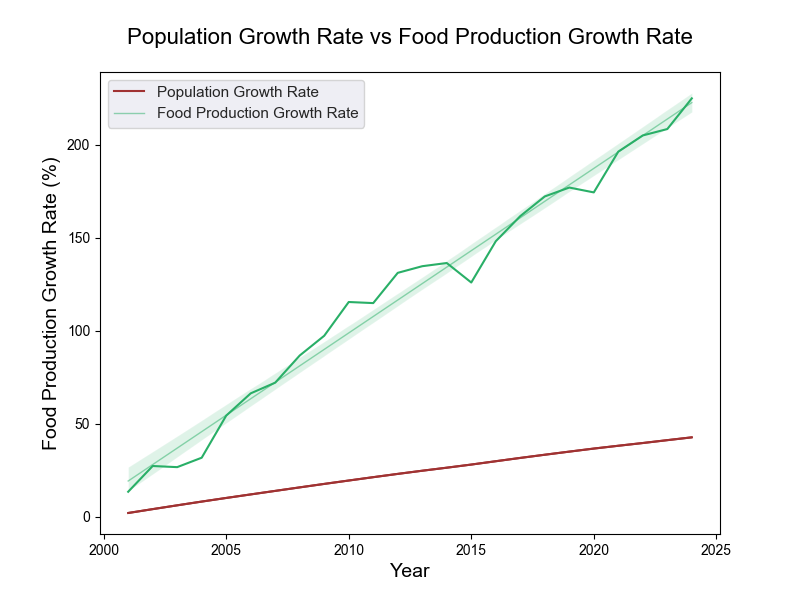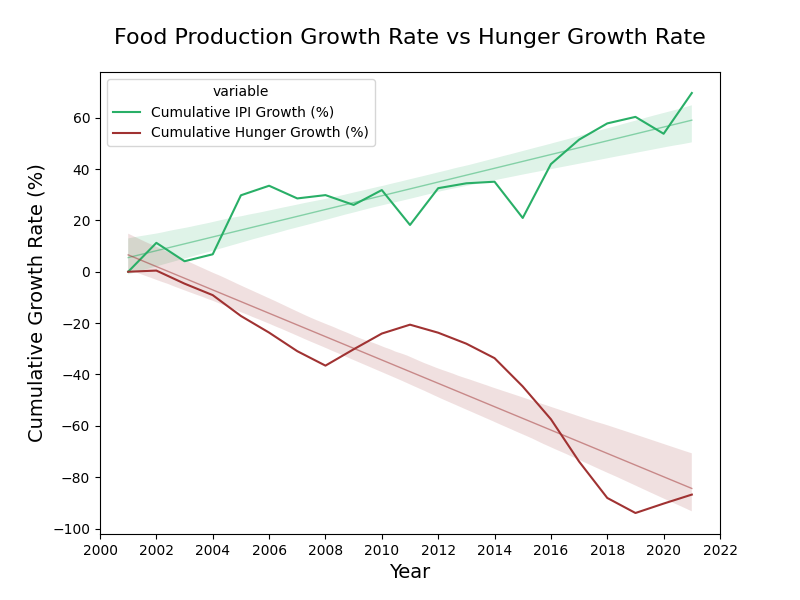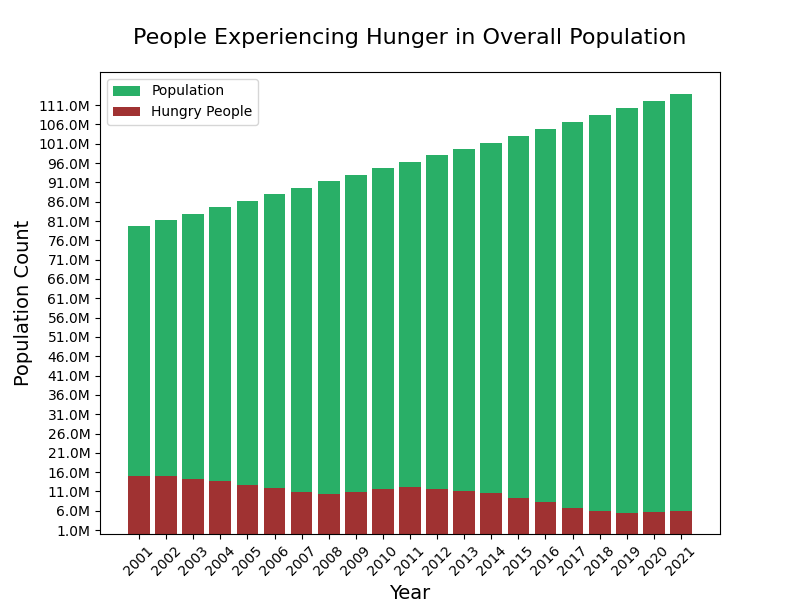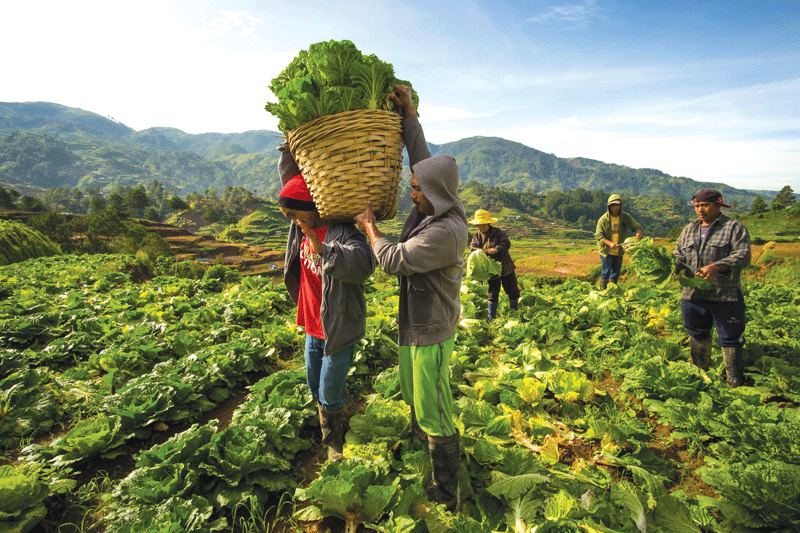Background

Is there going to be enough food to feed all Filipinos?
In December 2023, the number of Filipino families that experienced hunger was at 12.6%. That's about 325,632 families going hungry, not being able to eat at least once in the past three months. So that begs the question, how are we coping up as a country food-wise? With a steadily increasing population currently at 119 million, the Philippines grows at an average pace of 1,700,000 people each year. With the number of Filipinos growing, is there going to be enough food to be put on everyone's tables?
Our project aims to shed some light on these alarming concerns. By focusing primarily on the growth of internal food production of the country, we can gain some insight on the relationship between the Philippines' growing population and the overall sustainability of the country food wise. Moreover, our project also includes supplements for our findings with data related to food imports, as well as annual hunger indexes to help concretely evaluate the country’s performance in both the industrial sector and the health sector as well.
Conclusively, we also aim to provide a bold prediction: If the Phillipines, with our current growth in food production, will ever (or continue to) be able to keep up with its growing population.






